What Is LiDAR? Understanding Light Detection and Ranging in Drone Mapping
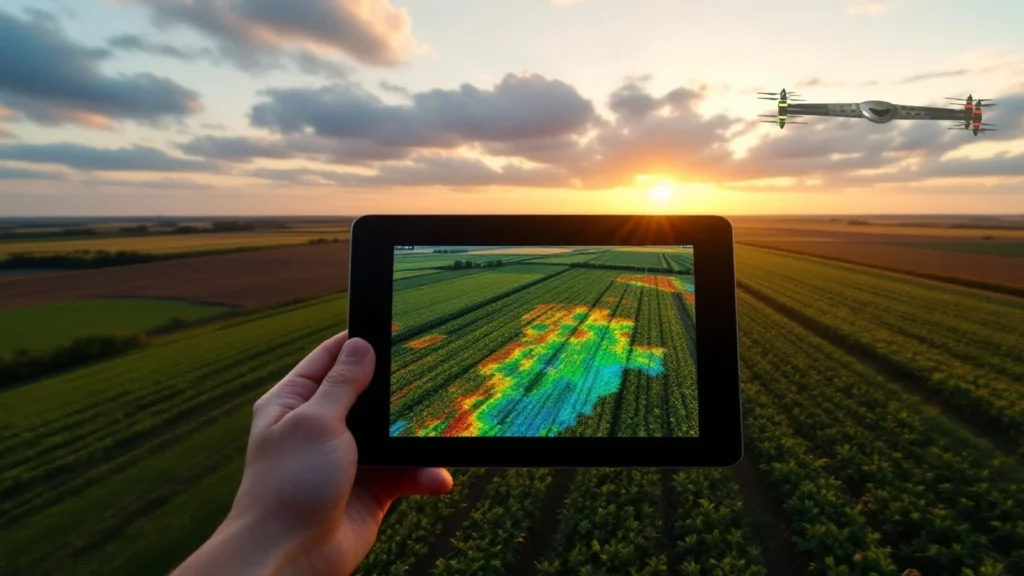
Introduction
What is LiDAR?
LiDAR (Light Detection and Ranging) is a laser-based remote sensing technology that’s transforming how drones capture and interpret the world. By using laser pulses to measure distances, LiDAR sensors generate accurate 3D maps of terrain, vegetation, and structures essential for precise drone surveying and mapping.
Unlike traditional cameras or GPS data, LiDAR technology provides centimeter-level accuracy, works in all lighting conditions, and can even detect ground surfaces hidden beneath vegetation.
How LiDAR Works on Drones?
A LiDAR sensor on a drone emits thousands of laser pulses per second toward the ground. Each pulse bounces back after hitting an object, and by measuring the time it takes to return, the system calculates exact distances.
The drone’s GPS and IMU (Inertial Measurement Unit) record its position and orientation, allowing every reflection to be accurately mapped. The result is a dense 3D point cloud, a virtual model that shows every contour and surface detail.
This LiDAR scanner setup helps drones deliver high-resolution data for mapping, infrastructure inspection, and terrain modeling — even in low light or dense vegetation.
Benefits of LiDAR in Drone Mapping
Exceptional Accuracy – Captures elevation and surface data with centimeter-level precision.
Fast and Efficient Surveys – A LiDAR drone can scan large areas much faster than ground-based methods.
Low-Light Performance – Works effectively at dawn, dusk, or in shaded regions.
Vegetation Penetration – Can measure terrain beneath tree canopies.
Rich 3D Insights – Generates point clouds for volumetric analysis, topographic modeling, and 3D reconstruction.
Common Applications of LiDAR Drone Technology
Topographic Mapping & Land Surveying – Create detailed elevation and contour maps for drone land surveying.
Agriculture & Forestry – Measure tree height, canopy density, crop monitoring and vegetation health.
Construction & Mining – Track site progress, calculate volumes, and ensure safety compliance.
Infrastructure Inspection – Capture detailed geometry of bridges, pipelines, and power lines.
Environmental & Urban Planning – Model flood risks, erosion, and urban landscapes.
These applications show how LiDAR drone mapping brings unmatched accuracy and speed to multiple industries.
LiDAR vs Photogrammetry
| Feature | Photogrammetry | LiDAR |
|---|---|---|
| Data Source | Overlapping aerial images | Laser pulses measuring distance |
| Lighting Dependence | Requires good light and visibility | Works in all lighting conditions |
| Vegetation Penetration | Limited — captures only canopy surface | High — detects ground beneath trees |
| Accuracy | Good, but depends on image quality | Very high, centimeter-level precision |
| Data Output | 2D/3D textured imagery | 3D point cloud with elevation data |
| Processing Time | Generally faster to process | Requires specialized processing |
| Best Use Case | Visual modeling, low-cost mapping | Precision terrain mapping and surveying |
Key takeaway: Photogrammetry is great for visual 3D modeling and low-cost projects, while LiDAR is best for survey-grade accuracy and complex terrains.
LiDAR vs Radar
| Feature | LiDAR | Radar |
|---|---|---|
| Wave Type | Uses laser light waves | Uses radio waves |
| Range | Short to medium (up to a few hundred meters) | Long-range detection (kilometers) |
| Resolution | Very high — detailed 3D mapping | Lower — good for object detection, not fine detail |
| Weather Sensitivity | Can be affected by fog, rain, or dust | Performs well in all weather |
| Primary Use | Drone mapping, 3D modeling, terrain surveys | Aviation, defense, weather forecasting |
| Output | Detailed point cloud models | Object distance and movement data |
Key takeaway: Radar excels in detection and long-range sensing, but LiDAR provides the fine detail and accuracy needed for mapping and surveying.
Why LiDAR Is the Future of Drone Mapping?
As industries demand faster, more accurate, and data-rich mapping solutions, LiDAR drones are leading the way. They reduce field time, improve accuracy, and deliver actionable insights that help companies make smarter decisions.
For any business offering drone as a service, adopting LiDAR technology means providing next-generation mapping and analytics solutions to clients including advancement like VR drone mapping for immersive visualization.
FAQ Section
What does LiDAR stand for?
LiDAR stands for Light Detection and Ranging. It uses laser light to measure distances and create detailed 3D models.
How does a LiDAR sensor work on drones?
A LiDAR scanner emits laser pulses, measures their return time, and calculates distance to generate 3D point clouds.
What’s the difference between LiDAR and radar?
Radar uses radio waves for long-distance detection, while LiDAR uses laser light for highly detailed short-to-medium range mapping.
Why is LiDAR better than photogrammetry in some cases?
LiDAR performs better in dense vegetation, low light, or when extremely accurate elevation data is needed
What industries benefit from LiDAR drones?
LiDAR drone mapping is valuable in construction, mining, agriculture, forestry, infrastructure inspection, and environmental planning.
Read Our Other Blogs
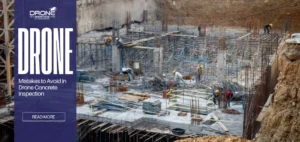
12 December 2025
Top 7 Drone Concrete Inspection Mistakes to Avoid
Drone Range Explained: A Complete Flight Distance Guide Drone concrete inspection uses UAVs to collect accurate data for evaluating concrete...
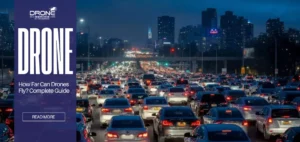
12 December 2025
Drone Range Explained: A Complete Flight Distance Guide
Drone Range Explained: A Complete Flight Distance Guide Drones have become increasingly popular and are used for a wide range...
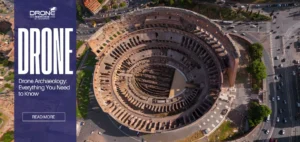
10 December 2025
Drone Archaeology: Everything You Need to Know
Drone Archaeology: Everything You Need to Know UAV archaeology (or drone archaeology) is the scientific application of Unmanned Aerial Systems...
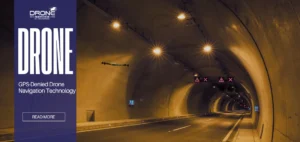
09 December 2025
GPS-Denied Drone Navigation Technology
GPS-Denied Drone Technology: How Drones Navigate Without GPS GPS-denied drone technology is redefining how aerial systems operate in environments where...
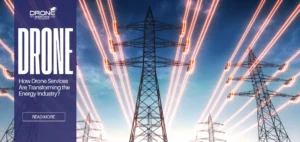
09 December 2025
How Drone Services Are Transforming the Energy Industry?
How Drone Services Are Transforming the Energy Industry? Drone inspections utilize UAVs to gather high-resolution visual, thermal, or LiDAR data...
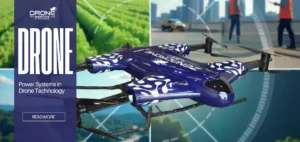
08 December 2025
Drone Power Sources Explained
Drone Power Sources Explained The development of drones in recent years has been driven primarily by their power sources. From...


















